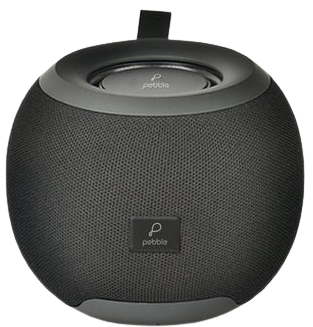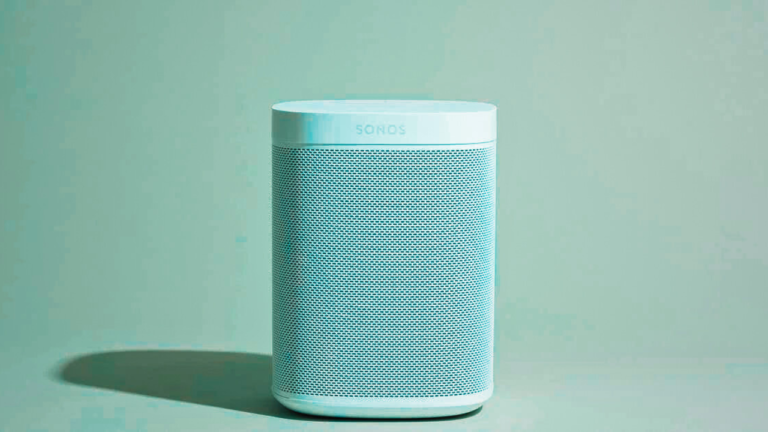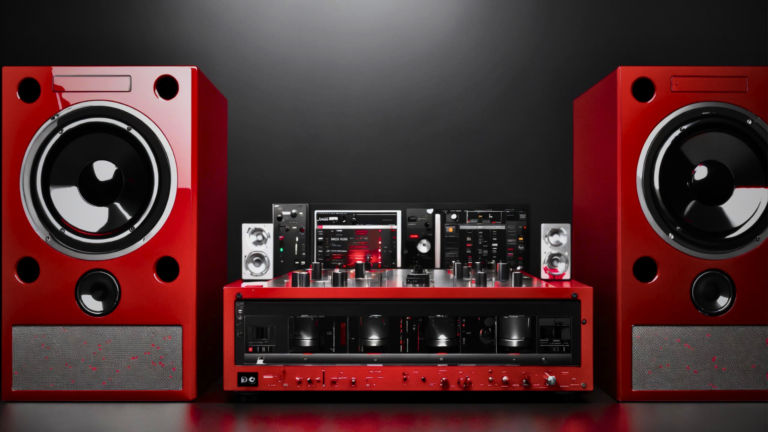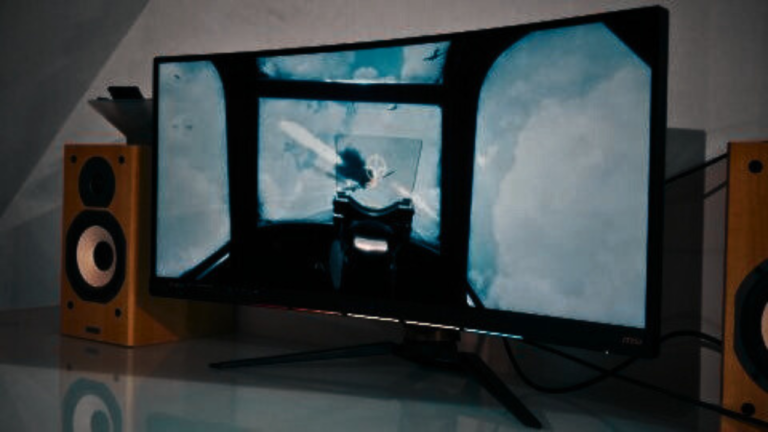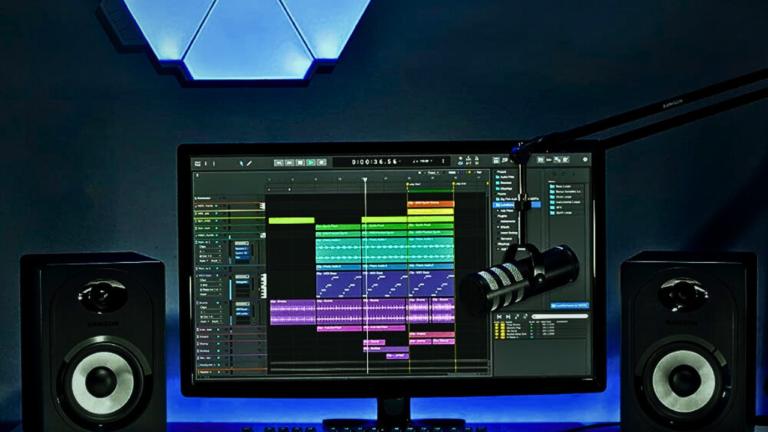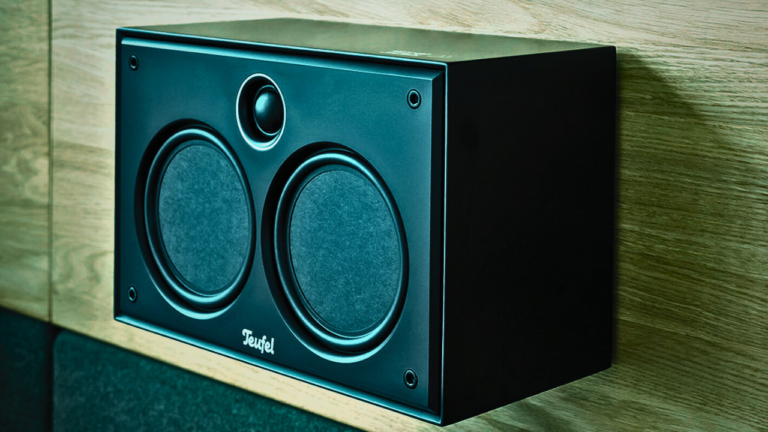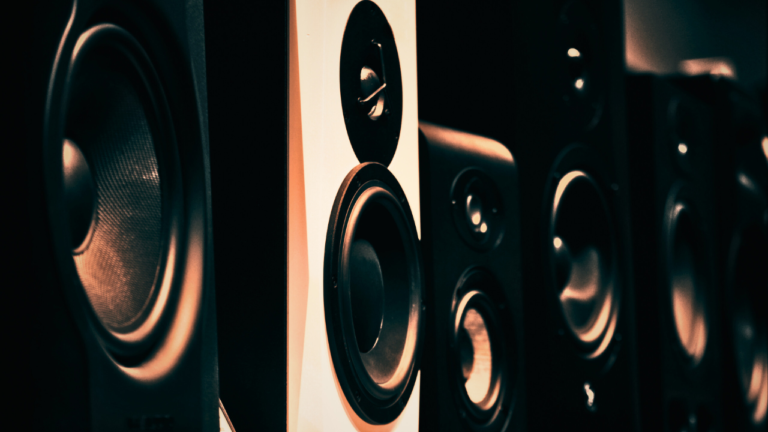Do Bookshelf Speakers Need A Subwoofer?
When it comes to enhancing your audio experience, the question often arises: “Do bookshelf speakers need a subwoofer?”. It indeed forms an intriguing dialogue among audiophiles and music enthusiasts. The answer, however, requires some understanding of both bookshelf speakers and subwoofers. So buckle up, and let’s dive straight into it.
“Music is what feelings sound like. Let’s make sure it sounds just right!”
Breaking down the soundscape
Before jumping into the heart of the matter, it is essential to comprehend the fundamental elements of sound and the roles of different audio devices. The music you listen to is essentially a blend of various frequencies. When evenly represented, these frequencies can provide a rich and immersive listening experience.
- The High Frequencies: Often delivered by tweeters, these are typically the sounds of cymbals, higher piano notes, and string instruments.
- The Mid Frequencies: Mostly managed by the main driver or woofer, these frequencies represent the majority of the musical content, like primary vocals and instruments such as guitars and pianos.
- The Low Frequencies: These are the ‘bass’ notes, delivered by subwoofers. They relate to the rhythm section, like kick drums and bass guitars.
The necessity of a subwoofer with bookshelf speakers hinges largely on how well the speakers cover these different frequency ranges. In the sections to follow, we will delve into this in more depth, providing clarity for your specific needs and preferences.
Read also: How To Connect Two JBL Speakers Together?
What are bookshelf speakers, and how do they function?
You often hear the term bookshelf speakers, but what exactly is their meaning? Just as the name implies, bookshelf speakers are typically small to medium-sized speakers designed to fit conveniently on a shelf or in other compact spaces. They are a form of passive speaker, which means they require connection to an amplifier as they don’t have a built-in one.
Now, let’s dive a little deeper into how these nifty devices function. The core purpose of bookshelf speakers, like all speakers, is to convert electrical signals into sound waves that we can hear. They achieve this through a variety of components, notably drivers, crossovers, and enclosures.
- Drivers: The speakers use drivers to generate sound. There are usually two in a bookshelf speaker: a tweeter for high frequencies and a woofer for low to mid-range frequencies.
- Crossovers: Crossovers are critical components within speakers. They split the incoming audio signal into different frequency bands that match each driver’s capabilities. Thus, high frequencies get sent to the tweeter, and the rest are handled by the woofer.
- Enclosures: Perhaps underappreciated but essential nonetheless, enclosures help to house the drivers and the crossover and limit the movement of sound waves from the rear of the speaker drivers. Enclosures significantly impact the overall sound quality by minimizing distortion and enhancing sound projection.
Crafted to offer high-quality sound without occupying much space, bookshelf speakers are an excellent choice for music enthusiasts with space limitations or those who want a clean, minimalist setup.
While they might lack the audio punch of larger floor-standing speakers, especially at lower frequencies, they can still provide a rich and immersive sound experience when set up correctly. And in some cases, incorporating a subwoofer with these compact speakers can enhance the auditory experience further, but we’ll dive into that shortly.
What is the role of a subwoofer in a sound system?
A subwoofer occupies a special place in an audio setup, tailored explicitly for dealing with the low-end spectrum of sound frequencies. It’s your personal bass powerhouse dedicated to delivering robust, unparalleled, and distinct low-frequency sounds.
Subwoofers are designed specifically to play the notes that are too low for general speakers to handle effectively—a realm of frequencies referred to as the ‘bass.’ This includes noises like the deep rumble of an earthquake, the low growl of a bass guitar, the impact sound effects in a movie, and even the beat of a dance track. Without a subwoofer, these sounds may either go unnoticed or not reach their full potential.
The primary role of a subwoofer in a sound system is concentrated on enhancing the depth and realism of audio playback. It extends the low-frequency response of your audio system and fills in gaps that other speakers might miss. In other words, a subwoofer fills your room with a rich, immersive, and well-rounded soundscape that standard speakers often can’t deliver on their own.
- Power handling: Subwoofers are known for their capability to handle power far beyond that of a standard speaker. They can deliver intense low-frequency sound without distortion or damage, making them a vital aspect of high-volume, high-intensity sound setups.
- Dynamic range: Subwoofers enhance the dynamic range of a sound system, producing a broader spectrum of both high and low sounds. This creates a more immersive, theater-like audio experience.
- Precision: Because they focus solely on low frequencies, subwoofers offer an increased level of precision. They provide a crisp, clear, and precise bass delivery that can’t be matched by all-range speakers.
In a nutshell, the role of a subwoofer is to bring out the power, the depth, and the beauty of the bass frequencies in your sound system, providing an enriched audio experience.
Do bookshelf speakers inherently lack certain sound frequencies?
To understand the concept, readers should think of sound frequencies as a spectrum that ranges from high to low. Each speaker, regardless of its size or design, has a frequency response, which refers to the range of frequencies or musical tones a unit can reproduce effectively. Now, does this mean bookshelf speakers inherently lack certain sound frequencies?
Curious to find out? Let’s delve further into this.
Bookshelf speakers can indeed deliver remarkable sound across a large swath of this spectrum. In fact, they are tailored to provide a balanced output across mid-range frequencies (those linked with most musical notes) and high frequencies, such as those produced by cymbals and other high-pitched instruments.
However, the issue arises when we move towards the lower end of the spectrum—the bass. Owing to their size and design, bookshelf speakers have physical limitations that can prevent them from reproducing the deepest, lowest frequencies.
In simple terms, while they can do a commendable job with mid- and high-range frequencies, they may not deliver the same performance when it comes to deep, resonating bass.
The lack of substantial bass isn’t a deficiency, per se, since bookshelf speakers are not fundamentally designed to handle intense, low-frequency sounds. Rather, it is a result of their design and purpose – these smaller, compact audio units are geared towards delivering outstanding performance in mids and highs.
Yet, this isn’t to say that all bookshelf speakers will fall short in producing bass. Comparing different models, some are better equipped than others to handle lower frequencies. This largely depends on factors such as the quality of the construction and the technology incorporated into the speaker design.
Remember, sound is subjective. What might seem to lack bass to an audiophile may appear to be sufficient for a casual listener. So, while bookshelf speakers might not hit those lowest notes as powerfully or as precisely as larger speakers or dedicated subwoofers, they could suffice, depending on your personal preference and the kind of audio content you usually consume.
Read also: Can You Take Speakers On A Plane?
How does the inclusion of a subwoofer affect the overall sound quality?
Adding a subwoofer to your bookshelf speakers can have a significant impact on your overall sound quality. Let’s dive deeper into this topic to find out exactly how this combination can enhance your auditory experience.
To begin with, a subwoofer is specifically designed to handle low-frequency sounds (bass) that are generally difficult for standard speakers to reproduce accurately. By introducing a subwoofer to your setup, you’re basically reinforcing the low-frequency reproduction capability of your system, allowing it to produce a clearer, more balanced sound.
Here are some ways a subwoofer can improve your audio experience:
- Deep, Resonant Bass: The fundamental role of a subwoofer is to reproduce low-frequency sounds efficiently. This means that you’ll experience deeper, richer bass tones that a pair of bookshelf speakers alone may not be able to produce.
- Relieve Your Speakers: A subwoofer works in unison with your speakers, taking the pressure off them to reproduce low-frequency sounds. This leads to reduced distortion and improved overall performance for your speakers.
- Improved Sound Localization: A good subwoofer can also help with better sound localization, creating a more immersive sound experience.
However, it’s essential to note that simply buying a subwoofer won’t guarantee an automatic enhancement in sound quality. A lot depends on the proper setup and calibration of your sound system. Balance is key; if the subwoofer is too loud or too soft, it can lead to a disjointed audio experience. Furthermore, the placement of your subwoofer in the room greatly impacts the bass response.
In summary, the inclusion of a subwoofer does lead to a noticeable difference in the overall sound quality. However, the ultimate success of your sound system depends on the quality of your components, their appropriate setup, and your personal taste in sound.
What are the pros and cons of using a subwoofer with bookshelf speakers?
Choosing whether or not to pair your bookshelf speakers with a subwoofer involves understanding the potential advantages and drawbacks. Like any audio setup, this combination has its pros and cons that can influence the listening experience.
Pros of using a subwoofer with bookshelf speakers:
- Enhanced Bass Depth: A subwoofer can significantly enrich the depth of the bass, which bookshelf speakers might not be able to fully reproduce. This brings a fuller, richer sound quality to your audio.
- Diversity in Sound: By adding a subwoofer, you’re diversifying your sound system. This opens up the possibility of reproducing a wider range of frequencies, thus broadening your musical listening experience.
- Volume Optimization: A subwoofer takes on the heavy bass notes, relieving your bookshelf speakers from handling loud volumes that could potentially distort the sound.
Cons of using a subwoofer with bookshelf speakers:
- Space constraints: A subwoofer is generally larger than bookshelf speakers. If you’re tight on space, accommodating it can become a challenge.
- More Sound Control Needed: Adding a subwoofer can require more careful calibration or sound balancing to maintain the desired audio quality.
- Extra Cost: High-quality subwoofers can be pricey. Including one in your sound system means additional spending.
In conclusion, whether or not you should add a subwoofer to your setup largely depends on your sound preferences, room space, and budget. A subwoofer can enhance the sound quality and provide a fuller, richer experience. However, it also requires more room and, potentially, the need for further investment and sound balancing. Listen to your favorite tunes and decide how you want them played back to you—the answer lies in your personal sonic enjoyment!
Conclusion
Deciding whether or not to pair your bookshelf speakers with a subwoofer primarily depends on your personal preferences and listening environment. Remember, the primary role of a subwoofer is to reproduce lower frequencies or bass outputs, enhancing the overall sound experience. If you’re an audiophile who appreciates detailed and balanced soundstage, investing in a high-quality subwoofer alongside your bookshelf speakers may be a worthwhile decision.
However, if you’re constrained by space or budget considerations, or if you’re merely using the speakers for casual listening, you might find that bookshelf speakers alone are adequate for your needs. As we’ve discussed, most bookshelf speakers have reasonable low-frequency performance and might just be enough to satisfy your auditory tastes.
Remember: It’s always worth experimenting with your setup. Try out a subwoofer if you get the chance, and see if you appreciate the additional depth and texture it adds to the soundscape. The perfect audio set-up often boils down to personal taste and the specific acoustics of your listening environment. After all, the ultimate goal is to achieve a listening experience that’s pleasurable and immersive for you.
So do bookshelf speakers need a subwoofer? Not necessarily—but adding one can certainly take your audio experience to the next level.
Read also: Can You Mix Coaxial And Component Speakers?
FAQs
Can I use bookshelf speakers without a subwoofer?
Absolutely! They can still offer good sound quality, but depending on your desires for sound depth, you may find the low-end spectrum somewhat lacking without a subwoofer.
Do bookshelf speakers need to be on a stand?
It’s not a requirement, but using stands can certainly enhance the sound quality by elevating the speaker to ear level and isolating it from vibrations.
Are larger bookshelf speakers better than smaller ones?
Not necessarily. Size doesn’t always translate to better sound quality. Acoustic design, driver technology, and material quality also come into play.
What’s the best placement for bookshelf speakers?
Generally, they should be placed at ear level, slightly angled towards your listening position. Placing bookshelf speakers too close to walls can cause boomy bass.
What happens if I connect my bookshelf speakers to a powerful amplifier?
A powerful amplifier might provide a cleaner signal and better control of speaker drivers, leading to improved sound quality. However, an amplifier that is too powerful can cause damage, so make sure to choose wisely.
Is it necessary to match the brand of my bookshelf speakers and subwoofer?
Not at all. While it might result in a more seamless integration, it’s not always necessary. High-quality products from reputable manufacturers should work well together, regardless of their brand.
How far apart should bookshelf speakers be from each other?
A general rule of thumb is to place them apart from each other at about the same distance as your listening position. However, room acoustics may affect this setup.
Can I use subwoofers with other types of speakers, not just bookshelves?
Yes, you can. Subwoofers can be paired with any type of speaker, including floor-standing speakers, as long as the system allows it.
Does a more expensive subwoofer always mean better sound?
Price is not always indicative of quality. A more important factor may be how well the subwoofer integrates with your speaker system. It’s best to audition different options before making a decision.
Should I get a ported or sealed subwoofer?
It depends on your sound preference. Ported subwoofers usually provide deeper bass and higher output, while sealed ones offer tighter, more precise bass. Your choice should reflect your sound preference and room acoustics.

Hey there! I’m Henry Jack, the voice behind speakerrealm.com, your ultimate destination for everything speakers. Whether you’re a seasoned audio enthusiast or just starting to explore the world of sound, you’ve come to the right place.
At Speaker Realm, I dive deep into the realm of speakers, bringing you comprehensive reviews, insightful guides, and the latest trends in the industry. From floor-standing behemoths to compact bookshelf wonders, I cover it all.
I’m passionate about helping you find the perfect speakers to elevate your audio experience. Whether you’re setting up a home theater, upgrading your sound system, or just looking for some quality audio gear, I’ve got you covered.
But Speaker Realm isn’t just about technical specs and performance metrics—it’s also about the art and science of sound. I explore topics like acoustic design, speaker technology, and the impact of audio on our lives.
So whether you’re a casual listener or a hardcore audiophile, join me on this journey through the world of speakers. Let’s turn up the volume and explore the endless possibilities of sound together at speakerrealm.com!
